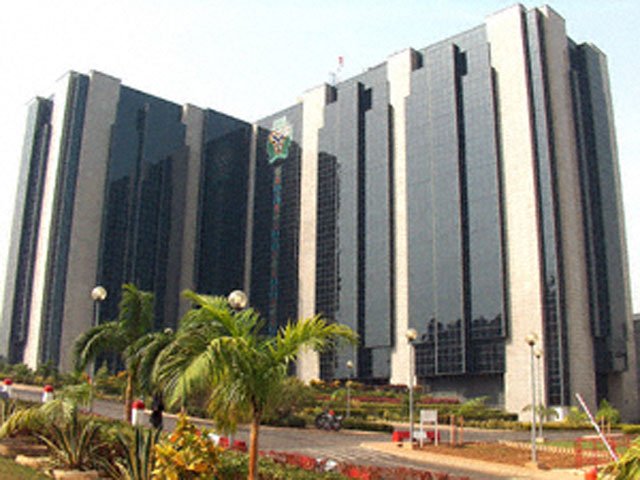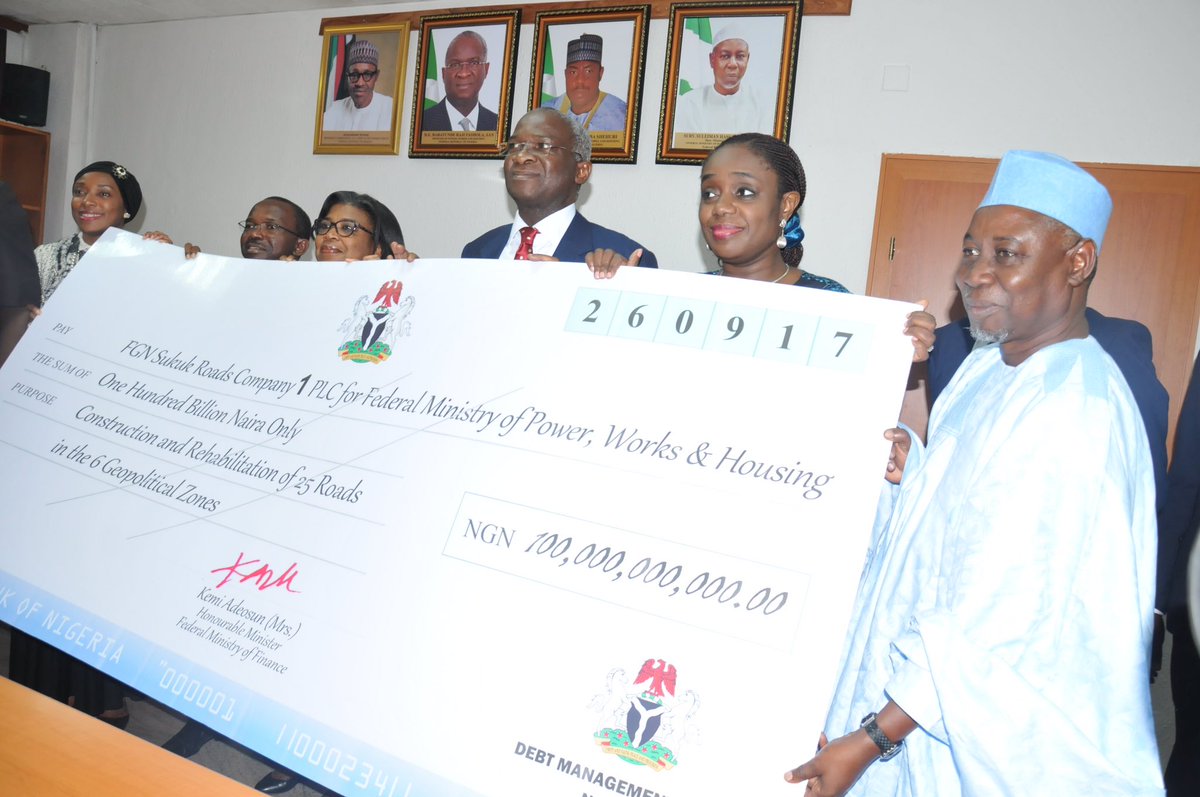Lend or Be Barred From FG Bonds, CBN Tells Banks, As MPC Retains Rates

The Central Bank of Nigeria (CBN) ended its all-important Monetary Policy Committee (MPC) meeting with members voting nine-to-two to retain the benchmark Monetary Policy Rate (MPR) at 13.5% in line with Investdata’s expectation.
Similarly, they also opted to keep the asymmetric corridor of +200/-500 basis points around the MPR; retain the Cash Reserve Ratio (CRR) at 22.5%; as well as the Liquidity Ratio at 30%, according to a communiqué signed by the committee chairman and CBN Governor, Godwin I. Emefiele.
Members “enjoined the (CBN) to initiate moves towards improving lending to the private sector and urged other intermediary institutions in the financial sector to support these initiatives by improving their credit delivery to boost output growth.”
Banks in the country were urged to increase lending to stimulate the economy, or risk being barred from buying the near-risk-free government securities, where they make tons of non-interest income.
Addressing newsmen at the end of the meeting, Emefiele said: “For us to achieve growth those whose responsibility it is to provide credit must be seen to perform that responsibility.”
The MPC wants the central bank “to provide a mechanism” for limiting the ability of banks to put customer deposits into government securities, he added.
According to the communiqué, MPC members “welcomed the improvement in financial soundness indicators (FSIs), but noted that although the Non-Performing Loan (NPL) ratio moderated (to below 10% from 17% about two years ago), it remained above the prudential benchmark.”
They argued that banks have space to extend more credit for consumer and property loans, following which the CBN was enjoined “to develop a comprehensive administrative, legal and regulatory framework to speed up the recovery of delinquent loan facilities of the banking system; involving structured engagement with relevant stakeholders and authorities, in order to mitigate credit risk and ultimately open up the credit delivery space in the Nigerian economy.”
Members also acknowledged the Monday’s report by the National Bureau of Statistics (NBS), showing that real Gross Domestic Product (GDP) grew by 2.01%, compared to 2.38% 2018Q4 and 1.89% of 2018Q1, which was largely driven by the 2.47% non-oil sector growth, at a time the oil sector contracted by 2.4%.
The CBN projected that real GDP growth could go as high as 2.34 and 2.36% in Q2 2019 and Q3 2019, respectively, reducing the nation’s unemployment rate, but committee members “observed that actual output remains below potential, implying that the economy still had sufficient headroom for non-inflationary growth.
“This is expected to be driven largely by sustained stability in the financial system; continued special interventions in Agriculture, manufacturing and SMEs sectors, by the (CBN); sustained effort in improving transport infrastructure to address distribution challenges; continued expansion of business activities as indicated by the PMI and increased supply of foreign exchange to growth-stimulating sectors of the economy, among others.”





